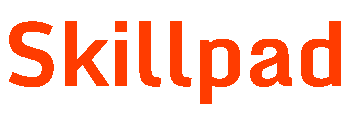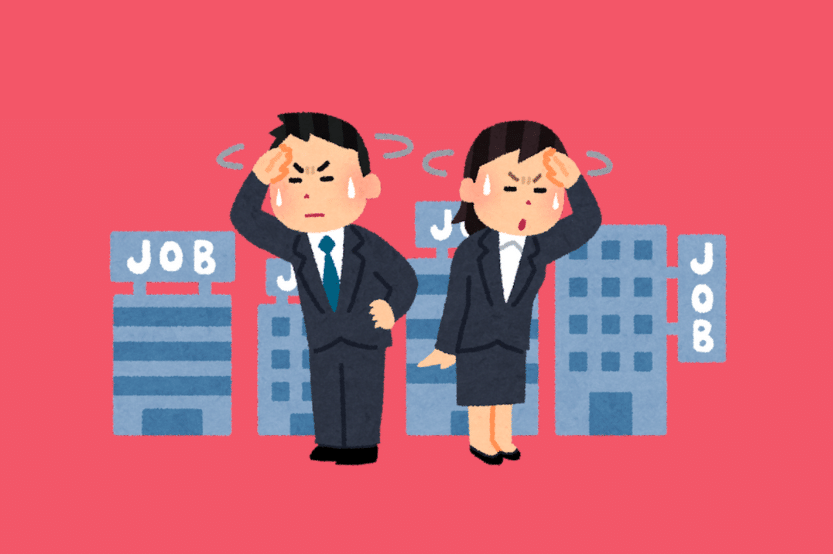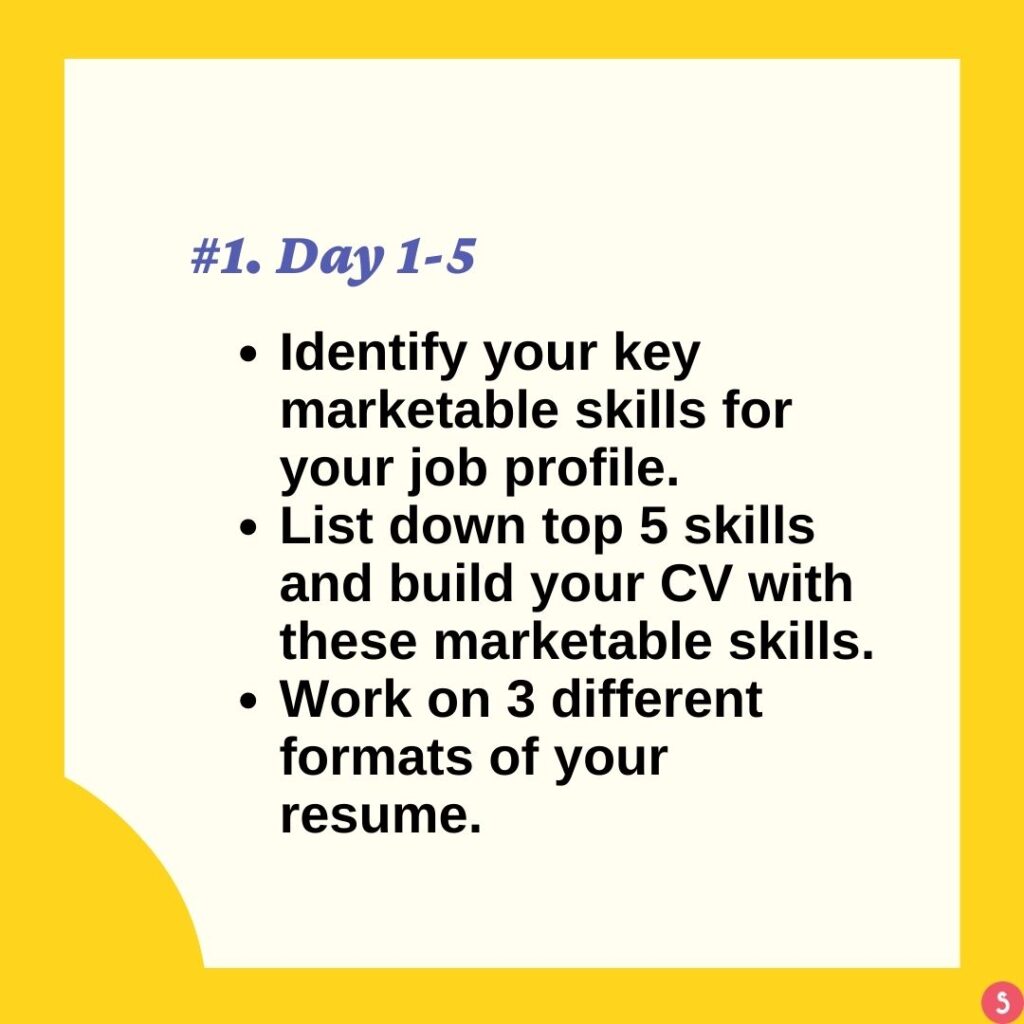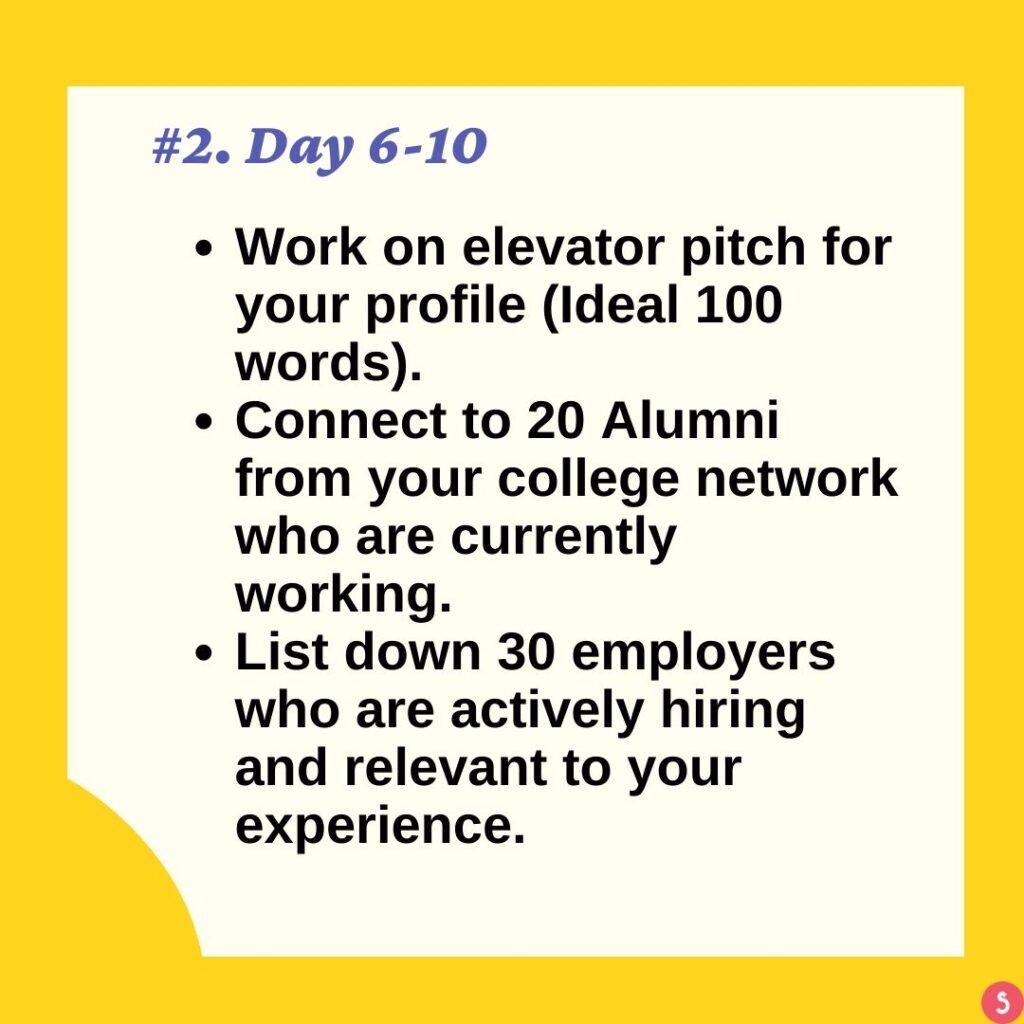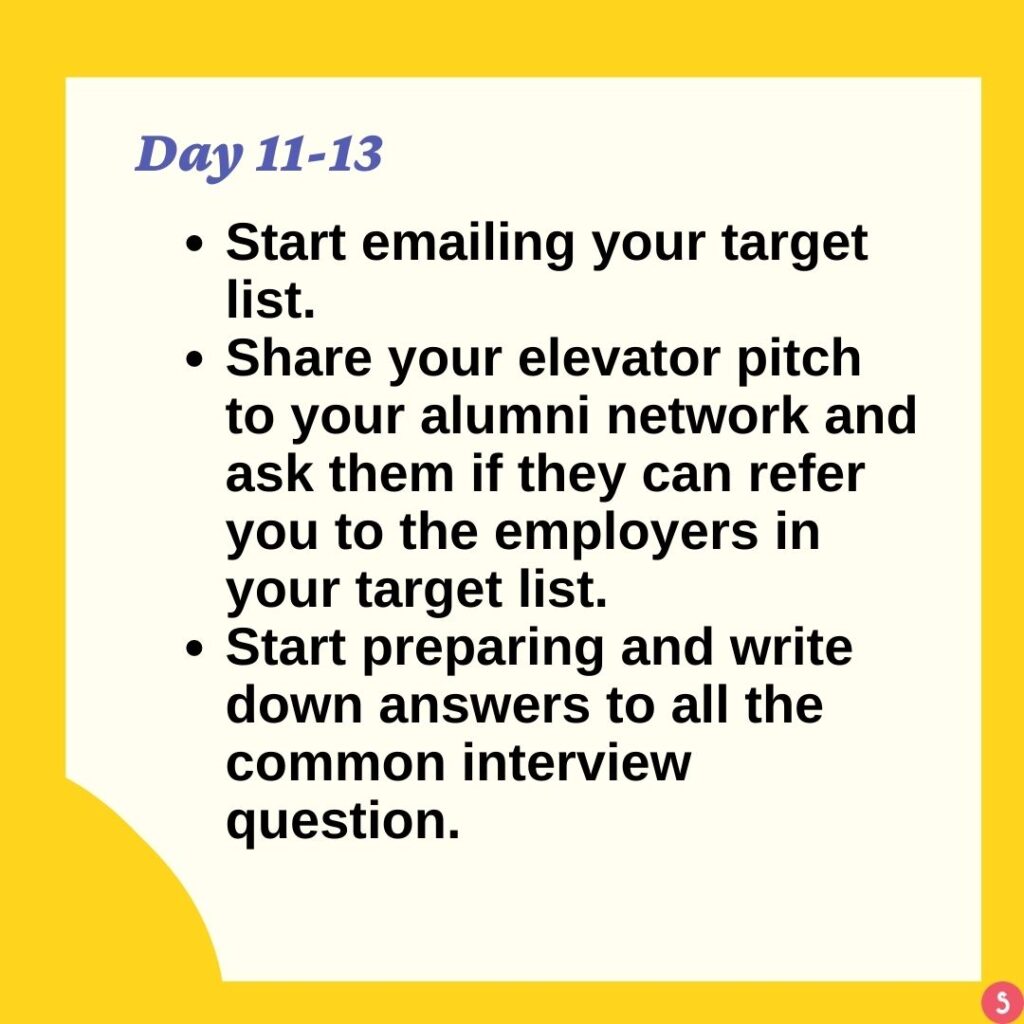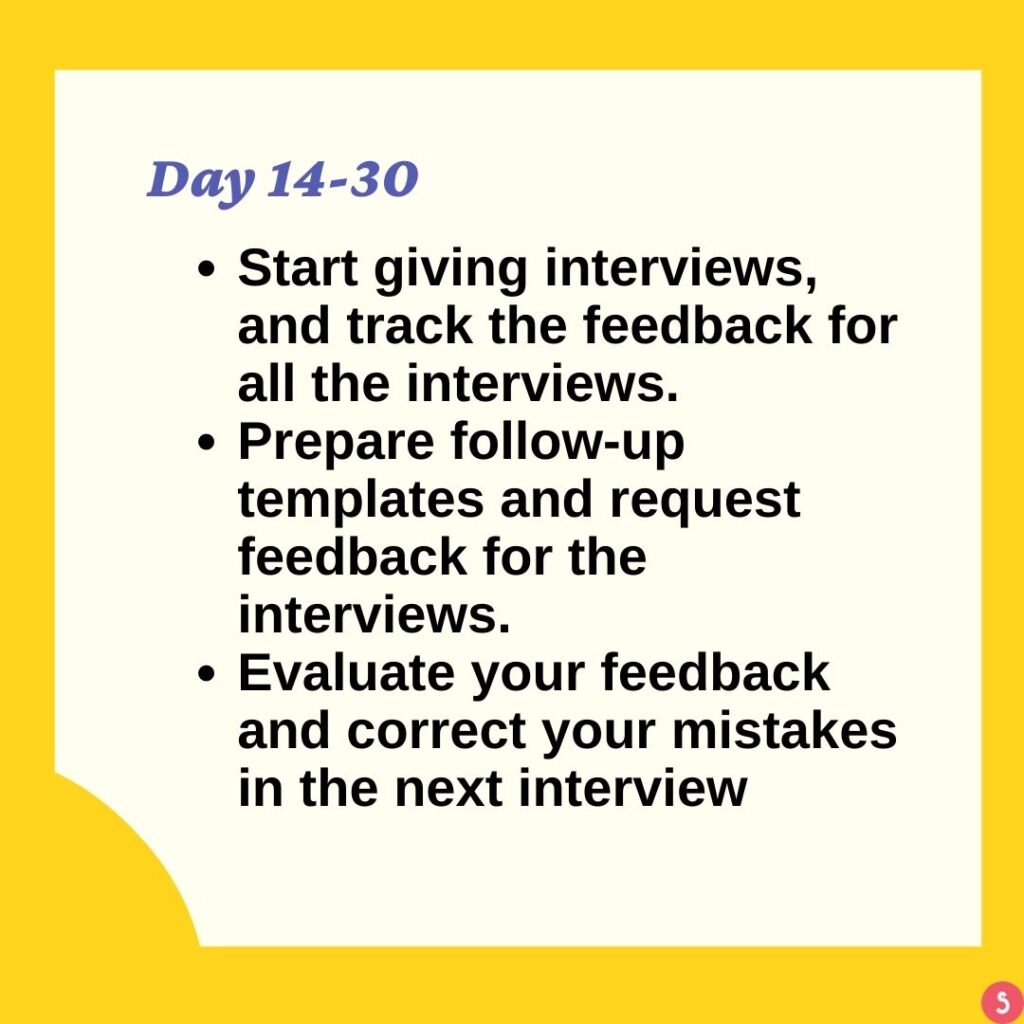What Is a Contract-to-Hire Job? Definition & Meaning
A contract-to-hire job is a short-term position with the opportunity to become a full-time, permanent job at the end of the contract. The position lasts anywhere from three months to a year, though some can go as long as three years.
Difference between Contract-to-hire jobs and contract jobs
In a contract to hire job, a candidate is hired temporarily at first. However, the intention is that the worker will become a permanent employee if they perform well during their temporary status. Whereas in a contract job, there is no intent to consider the candidate for FTE (Full time role) even after the contract ends. Contract roles are mostly tactical and based on business needs and this is not the case for contract to hire jobs.
Should you do contract-to-hire?
This is not a one size fits all situation and you’ll need to carefully assess your own individual situation before deciding to enter into a contract-to-hire arrangement. If you want to assess the company culture and need time before signing up for a full time employment, this can be a good start.
Benefits you can have as a contract-to-hire employee:
Budget flexibility : You can have an edge as there are no benefits you’ll get like a full time employee. you can request for more net and cut down on the options you don’t want.
You can have a restart if you’re resuming to work after break : If you’re someone who is resuming to work after a long break, you can ask employer to offer you a contract to hire role. Even if the role doesn’t end with a permanent job offer, it makes it easier to explain unemployment when going back on the job market.
Contract-to-hire positions can help you expand your professional network: These jobs can help you expand your professional network as you’ll get to meet to people from . Although those connections might not immediately lead to a permanent role in the business, those people could have other connections that can help you get a permanent job in another place.
Negatives of Contract-to-hire positions:
Lack of benefits same as an Fulltime employee : Benefits like health insurance coverage, paid leave or retirement funds will not be applicable in this role. For cases where you’re hired in a contract-to-hire role through a staffing or recruiting agency but then hired through the company full-time, your time as a contract-to-hire employee may not count toward total accruement of benefits.
Job security : Although you’re told you’ll be converted to full-time employee after the end of the contract, there might some business situations for which your employer wants to continue/extend your contract period. In some cases, employers may have additional temporary work they may consider you for, either as an extension of your current contract or in the future. So it’s important to ask all the questions and clarify before accepting the CTH (contract-to-hire) offer.
Example of Contract-to-Hire Agreement/Offer components
A contract-to-hire agreement should have a few key components to protect both the employer and employee.
Most contract-to-hire documents will include:
- Start date
- End date
- Job description
- Explanation of what could happen when the contract ends, for example:
- Hire employee for a full-time position
- Let the employee go
- Sign a new contract-to-hire agreement
- Conditions for termination of contract
- Details about time off -Paid & unpaid leaves
- Any other benefits
Is it good to consider Contract-to-hire offer?
Carefully research about the role and see if this a better position than your existing offer. If you’re looking to experiment and switch to consulting career, taking CTH jobs is a good start.
Questions to ask about a contract-to-hire position?
- What is the job profile and how is performance assessed in this role?
- What is the contract duration and confirmation to consider you for full-time role?
- Leaves and other benefits?
- Is a laptop/computer provided or do I need my own?
- What are the chances of the contract being extended?
- Who would be the manager and will you have a official job title or called as consultant?
- Travel /relocation benefits will be applicable for CTH/not?
Final Thoughts:
Contract to Hire jobs that has advantages and disadvantages for both employers and employees. In order to make the right decision, it’s best to evaluate your current situation as well as professional situation before making a call. Also, it’s best to talk to executive recruiters and book a consultation to assess your market value and then finalise.
